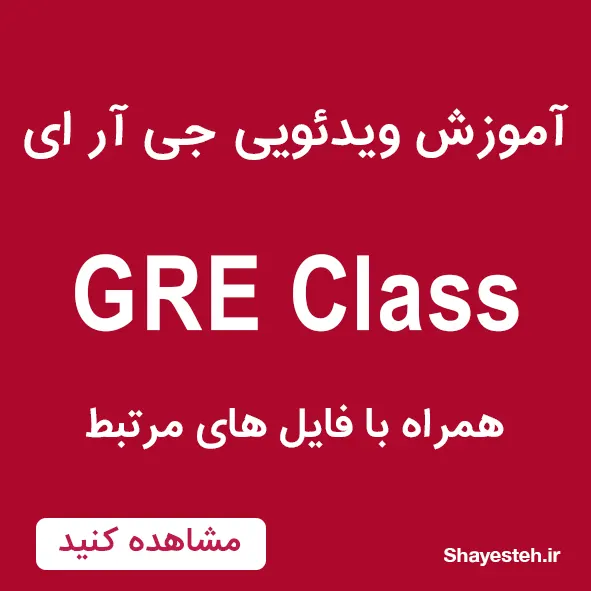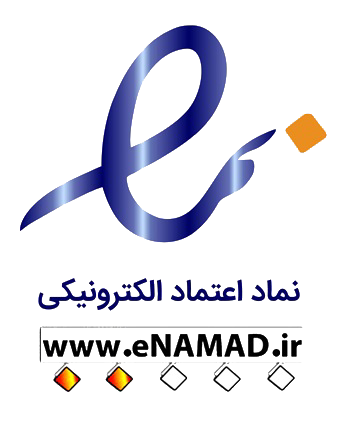در صورتی که اشکالی در ترجمه می بینید می توانید از طریق شماره زیر در واتساپ نظرات خود را برای ما بفرستید
09331464034
Topic:
Milk and dairy products are rich in vitamin D and calcium — substances essential for building and maintaining bones. Many people therefore say that a diet rich in dairy products can help prevent osteoporosis, a disease that is linked to both environmental and genetic factors and that causes the bones to weaken significantly with age. But a long-term study of a large number of people found that those who consistently consumed dairy products throughout the years of the study have a higher rate of bone fractures than any other participants in the study. Since bone fractures are symptomatic of osteoporosis, this study result shows that a diet rich in dairy products may actually increase, rather than decrease, the risk of osteoporosis.
Write a response in which you discuss what specific evidence is needed to evaluate the argument and explain how the evidence would weaken or strengthen the argument.
شیر و لبنیات سرشار از ویتامین D و کلسیم - موادی که برای ساخت و نگهداری استخوان ها ضروری اند-می باشند. بنابراین بسیاری از مردم می گویند که یک رژیم غذایی غنی از محصولات لبنی می تواند به جلوگیری از پوکی استخوان، بیماری ایی که هم به عوامل محیطی و هم به عوامل ژنتیکی مرتبط است و باعث ضعف قابل توجه استخوان ها با افزایش سن می شود کمک کند. اما یک مطالعه طولانی مدت بر روی تعداد زیادی از افراد نشان داد که کسانی که به طور مداوم از محصولات لبنی در طول سالهای مورد مطالعه استفاده می کنند، شکستگی استخوان بیشتری نسبت به سایر شرکت کنندگان در این مطالعه دارند. از آنجا که شکستگی استخوان از علائم پوکی استخوان است، نتیجه این مطالعه نشان می دهد که یک رژیم غذایی غنی از محصولات لبنی ممکن است در واقع خطر پوکی استخوان را افزایش دهد، نه اینکه آن را کاهش دهد.
پاسخی بنویسید و در آن توضیح دهید که چه مستندات خاصی برای ارزیابی بحث لازم است و شرح دهید که چگونه این مستندات می تواند بحث را تضعیف یا تقویت کند.
Strategies
Argument:
The results of a long-term study demonstrate that a diet high in dairy products increases the risk of osteoporosis.
In developing your response, discuss the specific evidence needed to support the writer's position.
Facts and Assumptions:
a) Vitamin D and calcium are essential for building and maintaining bones, and dairy products are rich in these substances. The natural assumption is that one must eat these foods to develop and maintain strong bones. Many foods in the plant family are also good sources of calcium and vitamin D.
b) Osteoporosis is linked to both environmental and genetic factors. Did any study participants have genetic markers for osteoporosis? Did any of them live in areas with environmental conditions that could have promoted the development of osteoporosis? These areas could include parts of the world where there are long periods of little sunshine or daylight.
c) A long-term study revealed that participants who consumed dairy products more consistently than other participants suffered more bone fractures. The assumption is that the dairy products contributed to this tendency. It would serve the reader well to know if those participants are ones with genetic markers or who may have lived in the northern latitudes where long, sunny days are few.
d) Bone fractures are symptomatic of osteoporosis. A correlate might be that osteoporosis is the chief cause of bone fractures. Lifestyle is a great contributor to bone fractures. Those who are active and/or risk takers are apt to suffer more fractures than those who live more sedately.
Your notes do not have to be exhaustive. As you begin to write your essay, your brain will generate new ideas. Make certain that you keep the directions in mind as you develop your ideas.
Sample 1:
There is no doubt that sufficient levels of calcium and vitamin D contribute to bone health in humans. Many foods are good sources of these nutrients, but the ones that come most readily to mind are milk and other dairy products. Regular exposure to sunlight is also required to enable the body to synthesize vitamin D. The study cited in this passage suggests that consuming milk and dairy products is detrimental to bone health and may contribute to osteoporosis. The author makes some leaps from the incidence of bone fractures to conclusions about the deleterious effects of milk and dairy products. Assumptions are not sufficient to establish a position. This writer needs evidence to support the argument.
Generalities in the passage need more specificity. A long-term study with a large sample size doesn't tell the reader much. Over how long a period was the study conducted? How many subjects participated in the study? What were the ages and geographic locations of the subjects? These details are important for determining the veracity of the claims in the passage. The passage doesn't even make clear that the study was about the effect of eating dairy products on bone strength. The writer should discover which participants in the study consumed dairy products on a regular basis. If they were young people, it could help to explain the high rate of bone fractures as young people tend to be more active than older subjects. On the other hand, if the sample population was largely made up of senior citizens, their propensities for osteoporosis may result in higher fracture rates.
Assuming that researchers were studying the effects of a diary rich in milk and dairy products, the reader should ask to know how much of each participant's diet consisted of dairy products and which dairy products they were encouraged to consume. Maybe they took to heart the recent campaign that states, "Milk: it does a body good" and drank lots of that beverage. Were their diets replete with cheeses, sour cream, and/or yogurt? The subjects may also have consumed food or drink that has negative effects on calcium absorption. Carbonated beverages have been shown to leach calcium from bones, making them weaker and more susceptible to fractures and osteoporosis. The author cites the fact that developing osteoporosis is linked to either or both genetic and environmental factors. Some subjects in the study may live where pollutants in the air or water affect calcium absorption. Others may live in the northern latitudes where the sunshine necessary for the synthesis of vitamin D is absent for long periods of the year. Some may be genetically destined to develop osteoporosis. Lifestyle changes may postpone the onset of some chronic conditions, but chances are, if the subjects’ parents had osteoporosis, so will they.
Overall, those who conducted this study need to seek and reveal more information about their subjects. The final and, perhaps, most telling statistic is the age of the participants. At the very least, they were considerably younger when the study began than when it ended. Add this to environmental and genetic factors and you have a rationale for the development of osteoporosis, not for the condemnation of milk and dairy products as part of a dietary regime.
Sample 2:
The basis of this argument is the fact that people lose their bone mass as they age and therefore, they are more prone to fractures. According to the conclusion of this argument, old people should take twice the recommended dose of vitamin D and calcium. However, there are many loopholes in this study. The evidence used by the author is very vague.
First of all, this study is only on a group of French women. This cannot be true for the people from all other continents or even countries. People from different places have different food habits and different life styles. Every place has different climate and geological conditions. People from plain areas and people from hilly areas cannot be placed in the same group. Similarly, persons with active lifestyles cannot be merged with the not so active people. Even, males and females should be studied separately as they are very different from each other in terms of their physique and hormones. Their level of absorbing vitamin and calcium is different. There is also a possibility that the French people have something in their diet that prevents or reduces fractures. Moreover, the author has not mentioned the number of women in the group. If the group is too small, then it does not even represent all the French women. The author has assumed so many things and generalized the data, which cannot be possible.
Secondly, this study is done on nursing home residents, which in itself questions the study. There might be a possibility that these women had led an active life in their career and taken various precautions related to their health, hence they are less susceptible to fractures. It is highly possible that the other women, who are not the residents of a nursing home will suffer the same number of fractures in spite of taking the recommended vitamin D and calcium.
The third point is that this study is done only on the women who are in their eighties. Hence, the results of this study do not hold true for all age groups. Moreover, the author has also mentioned in his study that these women also participated in some lightweight exercises. The author has not taken care of this aspect while concluding the argument. It is highly possible that these lightweight exercises had actually strengthened the muscles of these women. The author has not mentioned or explained the relation between vitamin D and calcium and the strength of bones. He should have explained in details the relation between the fractures and the intake of vitamin D and calcium.
The lowest point of this argument is that according to the author, the women have shown a lower rate of hip fractures. He has not even mentioned the effect of increased dose of vitamin on the other types of fractures. Hence, the results cannot be true for other types of fractures. The author should have also considered other fractures. Hence, it can be concluded that this study is incomplete and deprived of enough evidence. Hence, this conclusion is not very convincing.
نظرات کاربران
هنوز نظری درج نشده است!


